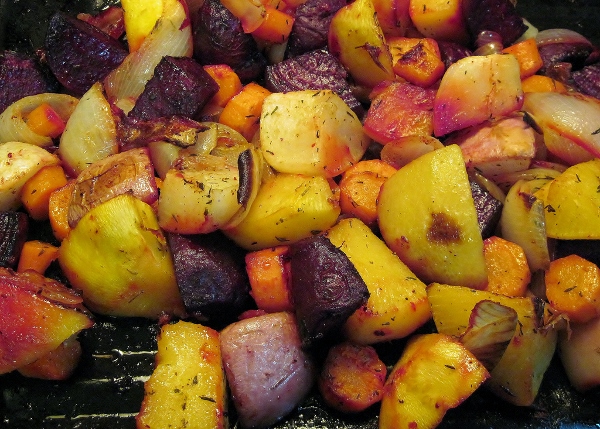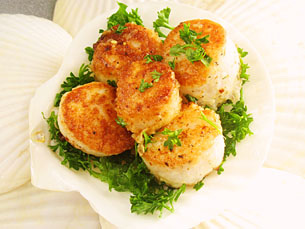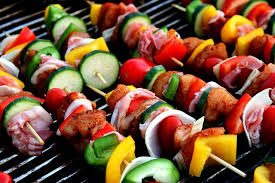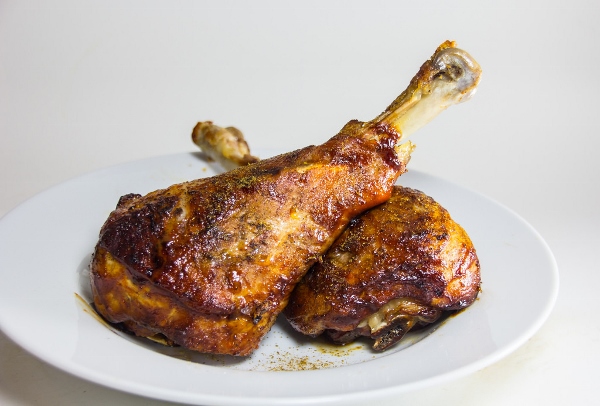Use a very sharp boning knife and remove the T-shaped bone from the pork shoulder and any extraneous fat (or ask your butcher to do it for you). For this shoulder the trim weight came to about three pounds. Butterfly the shoulder to a three-inch thickness. Apply the cure on all the surfaces of the butterflied pork using 4 1/4 teaspoons per pound of trimmed meat.
Ingredients
1 4 3/4-pound Boston Butt
Curing mixture:
1/2 cup pure Grade B maple syrup
1/4 cup dark brown sugar, packed
1/4 cup (2.5 ounces or 70 grams) coarse kosher salt
2 tablespoons cracked black peppercorns
2 level teaspoons pink salt
Instructions
Place the meat in a non-reactive container or resealable food bag and cure the pork, refrigerated, for eight to 10 days turning the meat every day.
Remove the cured pork and rinse with cold water. Place the meat in a large container and cover with cold water. Refrigerate for one hour. Drain and refill the container with fresh water. Refrigerate for another hour. Drain and pat dry. Place the pork on a cooling rack over a half sheet pan and refrigerate for one day allowing a pellicle to form.
Roll the shoulder into a tight log and secure with butcher’s twine. Rub with coarsely ground black pepper.
Prepare the smoker for 225 degrees F. cooking with apple and hickory wood. Smoke the butt to an internal temperature of 150 degrees F., about three to four hours. Remove the butt from the smoker and let it cool to room temperature. Wrap the bacon with food film and refrigerate overnight.
Slice the bacon to the desired thickness (thinly sliced it will taste like bacon while thicker slices have a ham-like taste). Using a vacuum sealer or several layers of plastic wrap, package the bacon in serving sizes. The bacon will keep, refrigerated, for a week; frozen it will be good for three to four months.
Cooking the bacon is best done in a non-stick skillet over medium heat. Because it is very lean, Buckboard bacon will cook faster than traditional bacon.





